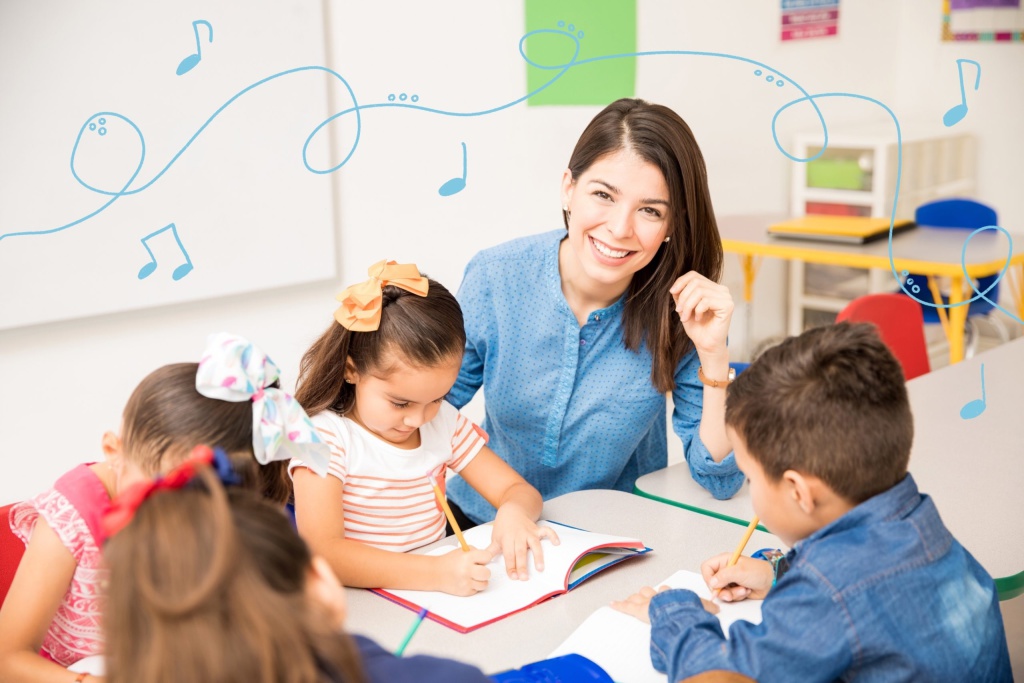
- 3 mins
How Moshi Uses Music to Support Transitions in the Classroom

A social story is an incredible way to shape a conversation around your child’s most pressing needs or anxieties and support them through transitions. Similar to a storybook, a social story presents ideas and themes to your child in a meaningful way. Unlike a regular book, however, a social story is personalized. It refers to your child by name and may include photos or drawings of them. For example, as an early childhood teacher I have used photographs of the children within our daily schedule. This helped to provide visuals for major transitions, such as lunch to nap. Although social stories were originally developed as a tool to support children with Autism Spectrum Disorder, all children may benefit from an illustrated breakdown of a new or challenging process. For instance, riding the school bus for the first time.
Social stories can be reinforced and referenced throughout the day. At the beginning of the year, social stories provide students with an understanding of what to expect. For students experiencing separation anxiety, a story using transitional words, including “first, “next,” and “then,” can provide the child with a sense of order.
To create a teaching story for your child, focus on one specific worry they are having at the moment. When you have a conversation about this specific fear with your child, provide a safe and calm space to allow them to unpack their worries and build up their anxiety toolkit. Listen carefully without assumptions, as the details of their worry or fear may not be what you expect. Following the conversation, use drawing materials to outline an experience from start to finish.
This Moshi Moment can help you support your child through an anxious transition and major change to their routine. Listen to the track first, and as you listen consider the takeaways you have as a caregiver. How do these takeaways support you in creating a social story for your child? After listening to the track, bring your attention to the fear or worry your child shares. You can use the conversation guide and activity for The Art of Being Apart to develop a social story and other strategies for when you and your child are separated or facing a significant change.